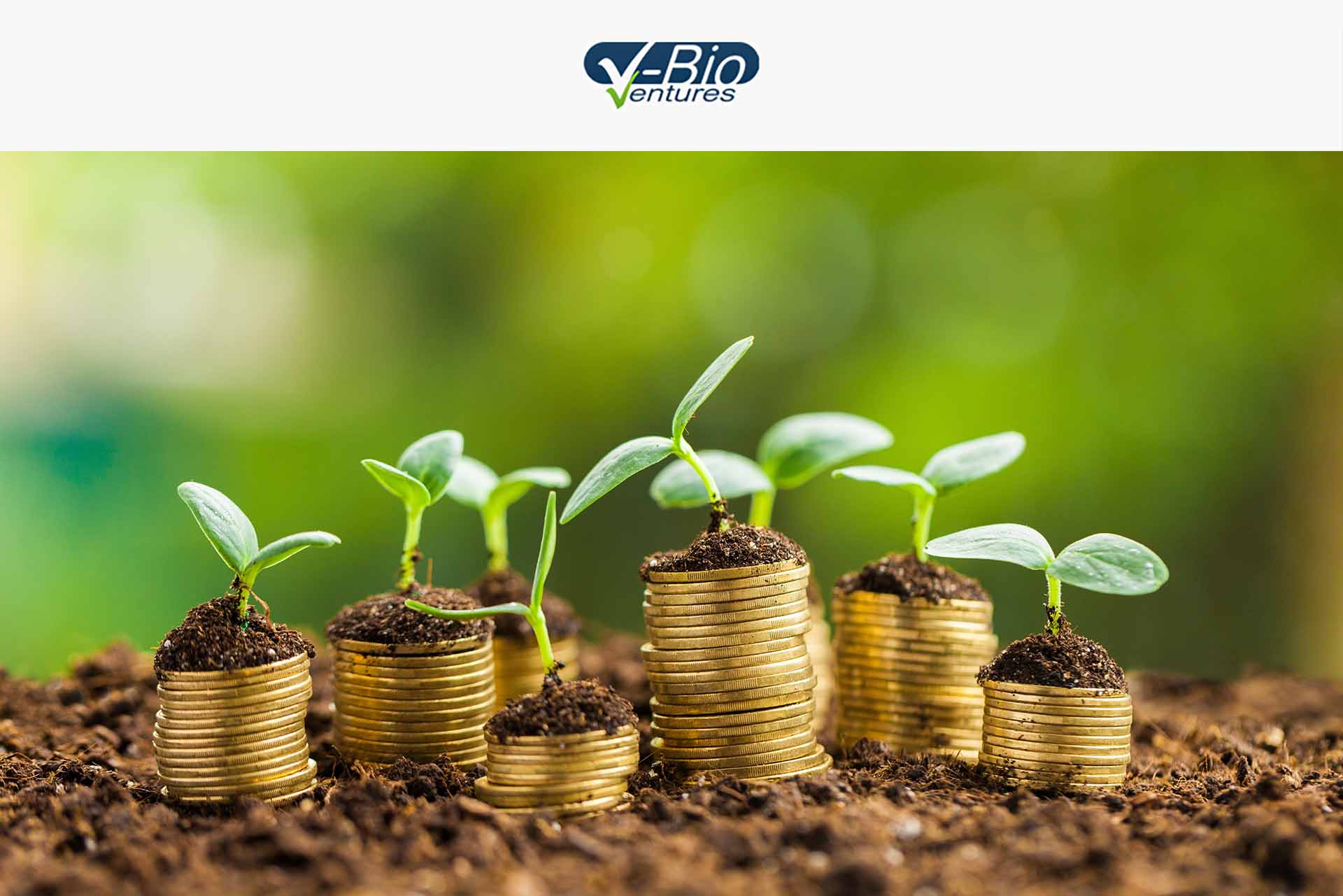Simon Smith Kuznets was an American economist and statistician who received the 1971 Nobel Memorial Prize in Economic Sciences for his “empirically founded interpretation of economic growth”. His work helped transform economics into an empirical science and resulted in the U.S. Department of Commerce standardizing the measurement of the US economy based on the gross domestic product (GDP).
To this day, the economic success of a country is measured by their GDP, essentially reducing all human activity into a single figure representing productivity. A country’s GDP determines how trustworthy it’s perceived to be and subsequently how much money it can borrow from lenders under which conditions.
The GDP is often used to define the prosperity of a country, but is this an adequate assessment? Simon Smith Kuznets himself disapproved the use of the GDP as a general indication of welfare, stating that “the welfare of a nation can scarcely be inferred from a measure of national income”.
The measure of a nation’s health lies in more than just wealth
In the first few decades following the Second World War, a rising GDP admittedly seemed to translate well into the increased wellbeing of a country’s citizens. A higher GDP corresponded to a growing middle class and improved standard of living, but (as Kuznets himself argued) that correlation may always have been an oversimplification.
GDP is a gross number representing the sum total of what we’ve produced over a given period. This total really encompasses everything: consumer goods, electronics, healthcare products and services, the food we consume; but also the waste we produce, profits from criminal activities, and even the plastics we discard that ultimately accumulate in the ocean.
“The welfare of a nation can scarcely be inferred from a measure of national income”. – Simon Smith Kuznets
Companies all over the world are similarly evaluated by various quantitative measures, such as the growth of their sales, profits, and anticipated future cashflows. By selling more products at higher prices with lower production costs, companies are rewarded with higher share prices in public markets. Many factors are excluded by these simplified representations of company success, including sustainability, ethical considerations, and employee wellbeing.
Investors are often quite vocal proponents of these measures of success, pushing companies towards restructuring and splitting activities to increase profits and accelerate growth, thereby driving up share prices. It’s all part of the system, of course, with investment funds (including VCs) having to generate returns for their own shareholders from which they ‘borrowed’ the money in the first place. But although the aim to return profits may be understandable, the question remains: can the system support sustainable growth?
Infinite growth using finite resources
Examples from biological systems can really help to illustrate the limits and possibilities of economic growth. To start with, let’s picture a bacterial culture in a test tube filled with a nutrient-rich broth. After a slow start, the bacteria start to multiply and grow exponentially, with the growth eventually reaching a peak plateau, followed by a rapid decline caused by a lack of available nutrients and an excess of accumulated waste products. It’s a bleak picture, and one which would seemingly bode ill for the idea of infinite growth.
However, real life doesn’t take place under test-tube conditions. Real growth is not monopolized by a single species with homogenous needs across the population – it is asynchronous and diverse.
“Real growth is not monopolized by a single species with homogenous needs across the population – it is asynchronous and diverse.”
For a better model of this messy real-world scenario, let’s instead consider the development of a rainforest. When a piece of cleared rainforest is reclaimed, the grassland initially gives way to a few small bushes, followed by saplings which eventually grow into mature trees. To begin with, the growth curve will mirror that of the bacteria in the tube: with enough trees, the canopy closes, cutting off sunlight to the understory below and limiting further growth.
But here is where the pattern between ecosystem and artificial monoculture differs: in a rainforest, the limited resource has led to an astonishing diversity of plant species. From epiphytes in the canopy to fern fronds on the ground, plants have evolved countless ways to cope with the limited sunlight available and still be able to flourish. The competition has led to a thriving understory which in turn is able to support all manner of life. And the biodiversity itself results in an ecosystem that is more sustainable and resistant to existential threats like climate change.
“Economic growth needs to nurture diversity and innovation in order to be futureproof.”
Without growth, there is no development and adaption. But as with the continual growth of a rainforest ecosystem, economic growth needs to nurture diversity and innovation in order to be futureproof.
How do we foster diversified growth?
It seems clear we need to focus less on growth for the sake of growth itself, and more on the resulting diversification and health of the whole system. Increased productivity is not necessarily the sign of a healthy society – what we need are the transformational changes brought about by a competitive landscape that fosters innovation. This adaptive growth is vital for solving the many urgent problems being faced around the globe today.
This flourishing landscape is also where VCs like V-Bio Ventures have an important role to play. VCs often differ from larger investors in backing early-stage companies, promoting the growth of the metaphorical understory of the ecosystem which is so vital for the long-term health of the whole.
Read more about V-Bio Ventures’ portfolio companies in these articles about Confo Therapeutics, Precirix, AgomAb, Oxular, Augustine Therapeutics or Aphea.Bio!
By delving deep into academic research and working together with scientists, we facilitate the development of innovations that benefit society and solve real-world problems. Doing so requires more than predicting sales numbers and cost prices, evaluating market predictions, and discounting future cashflows – in short, it requires more than quantitative measures of growth. Real success is better measured by the diversity of a flourishing ecosystem and the wellbeing of those within it.


